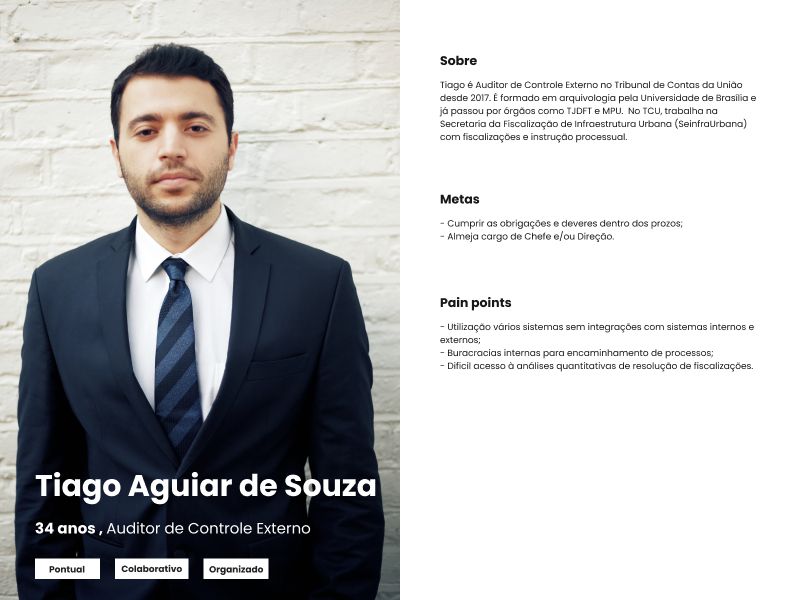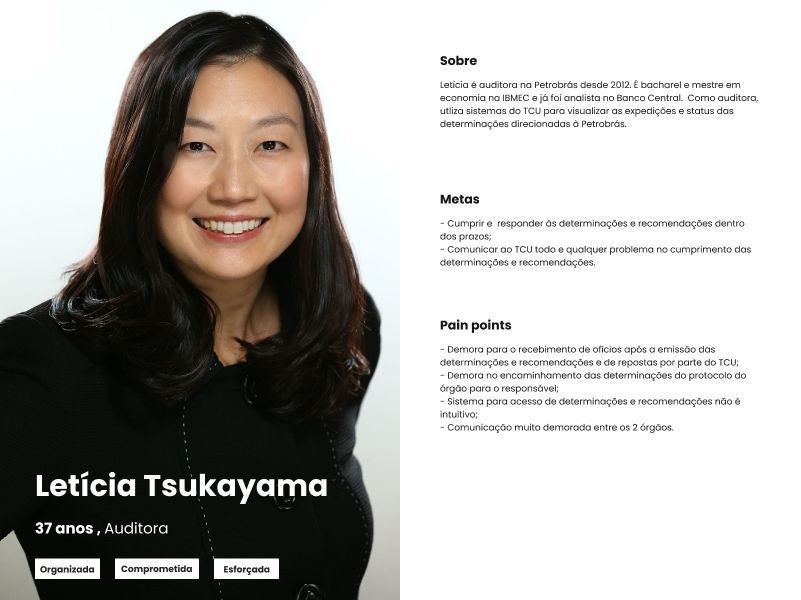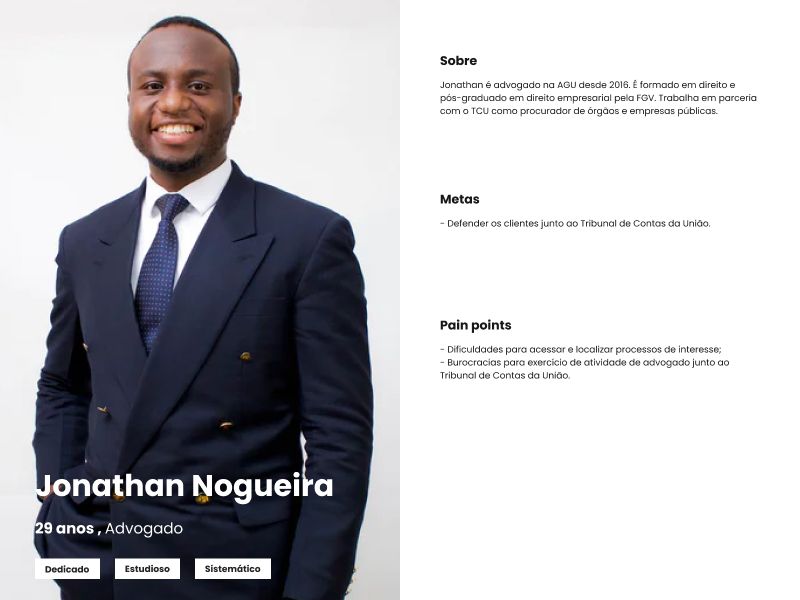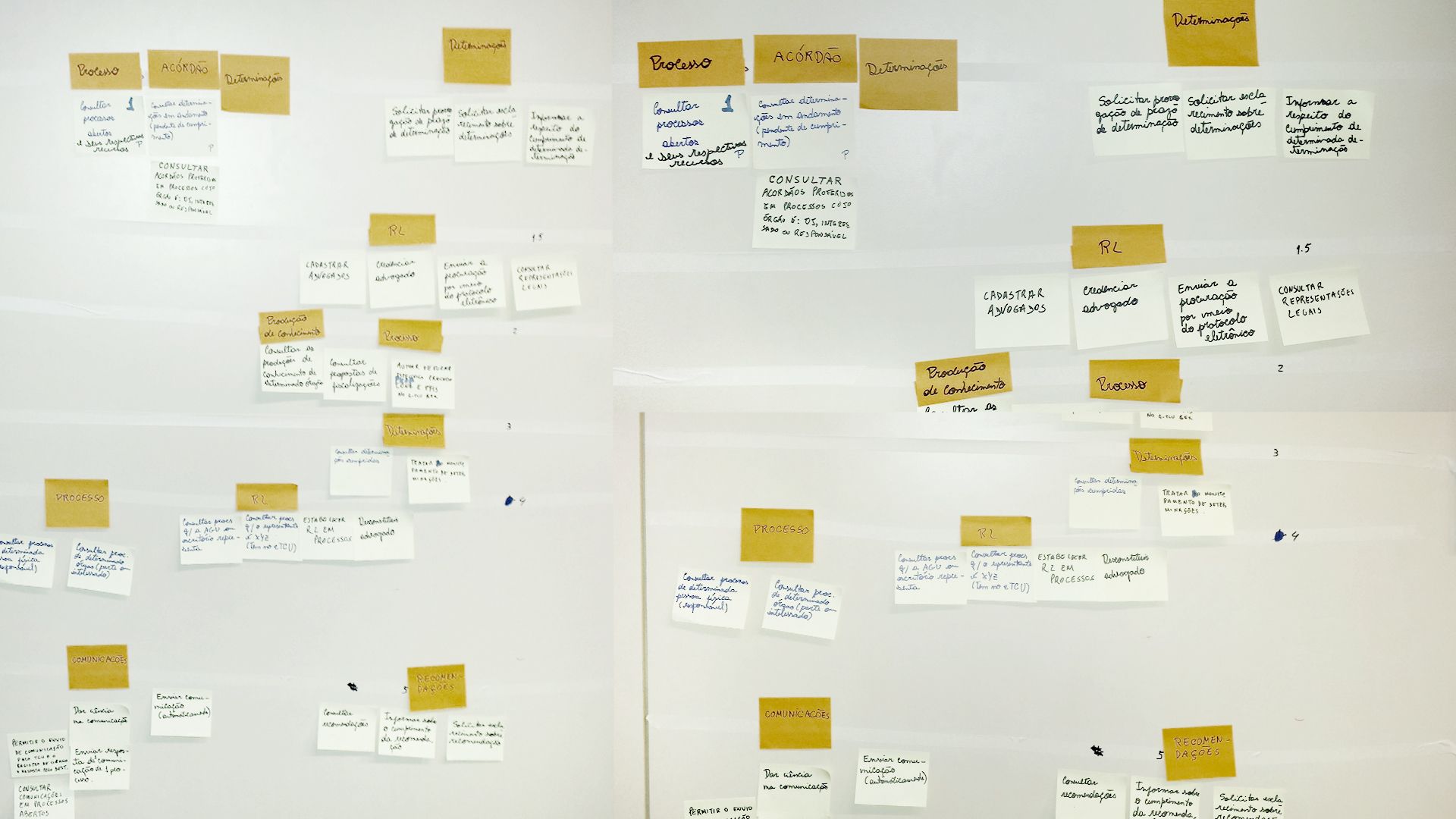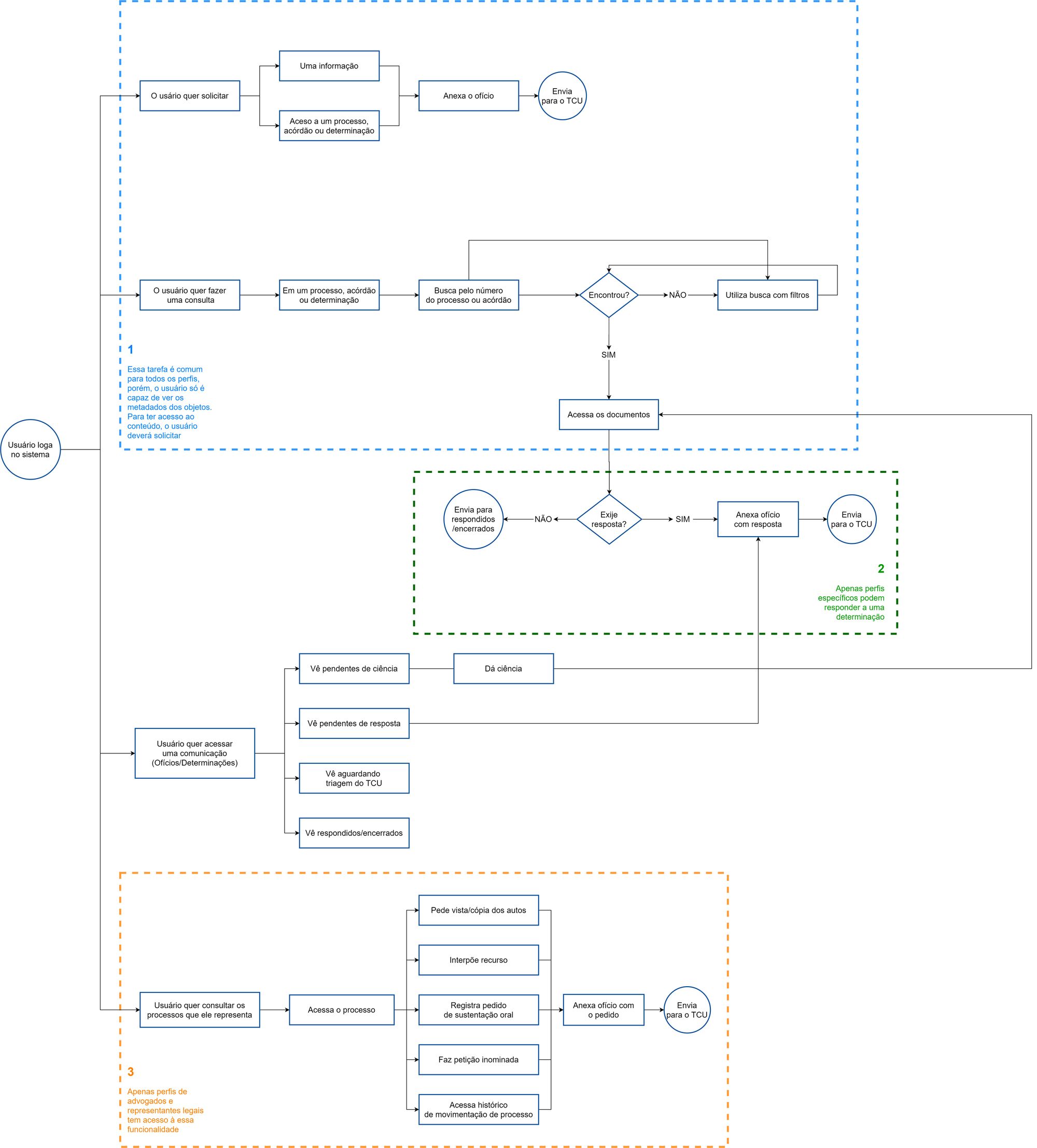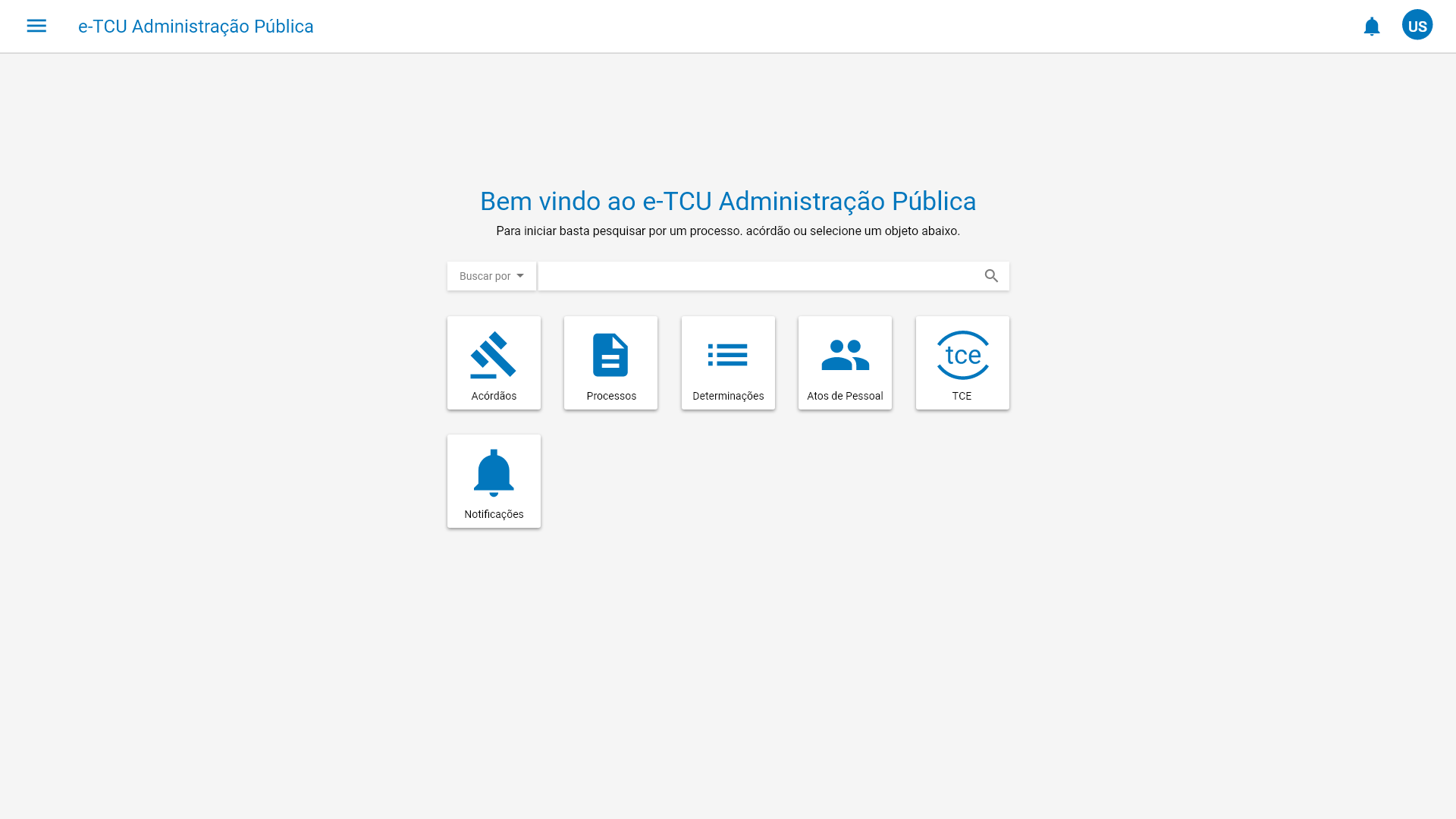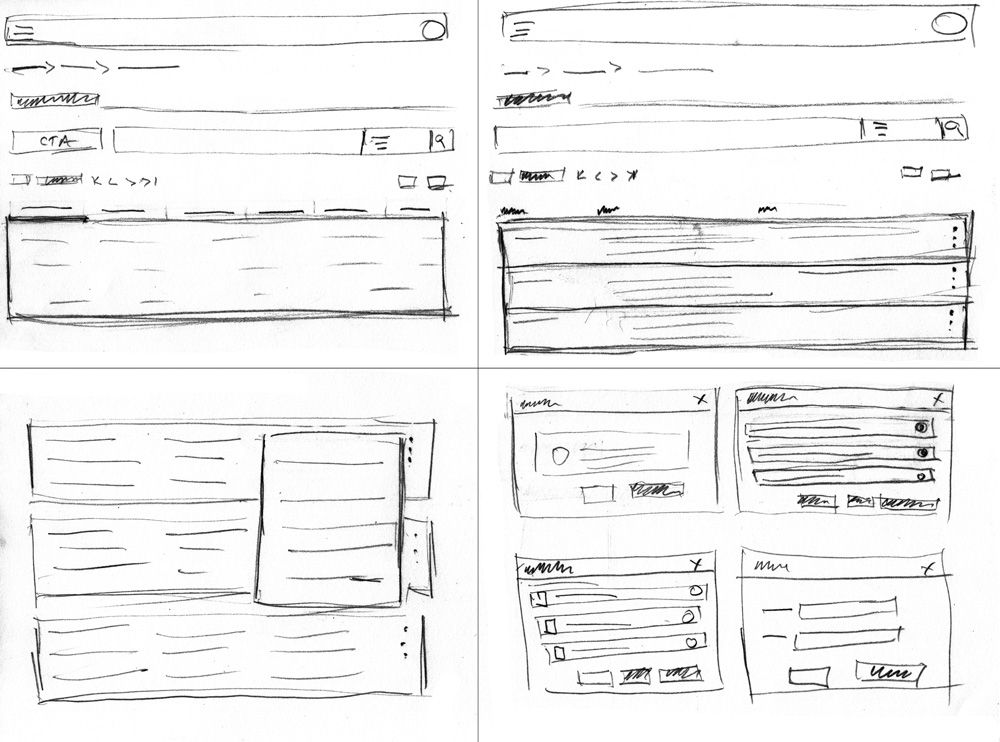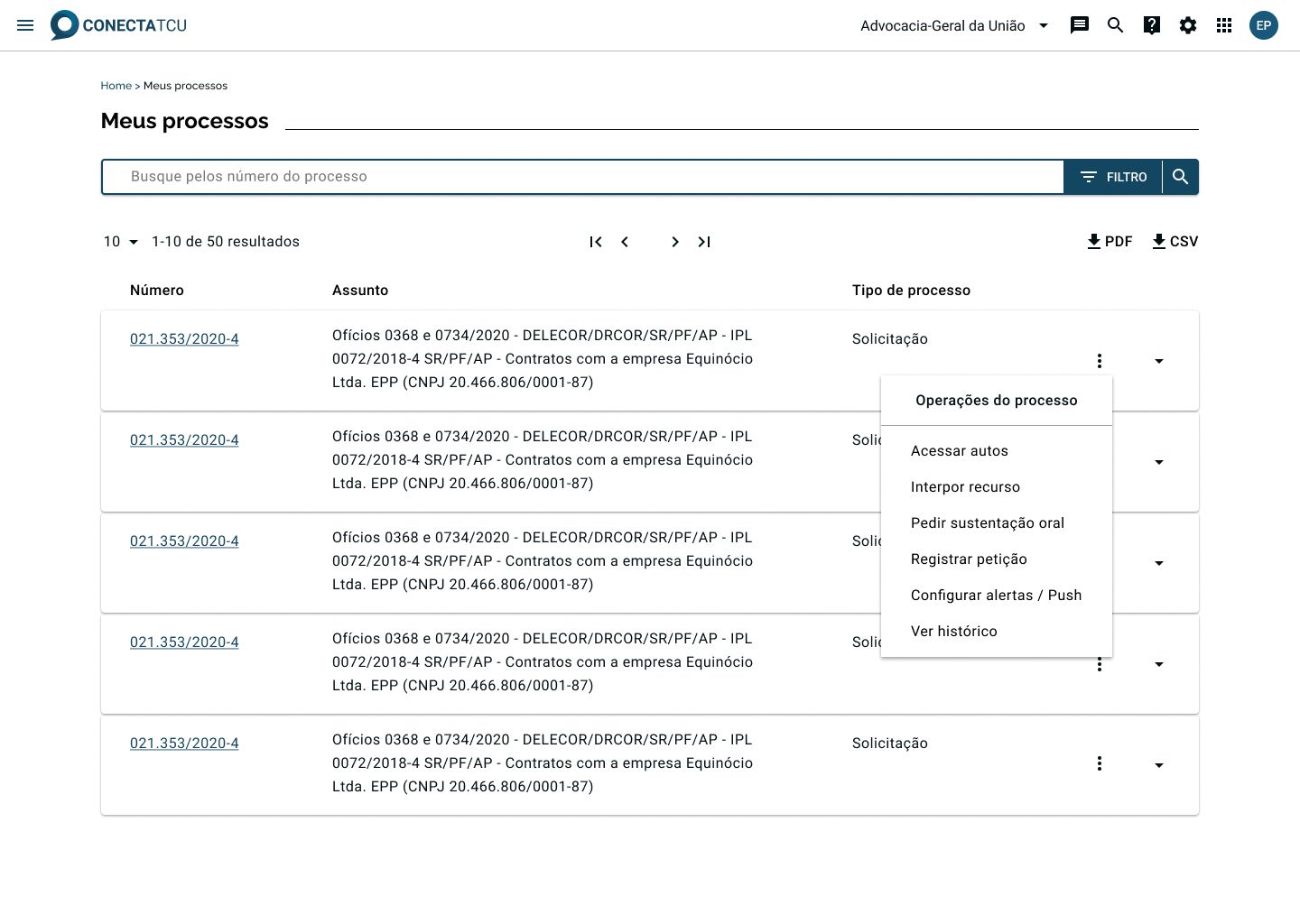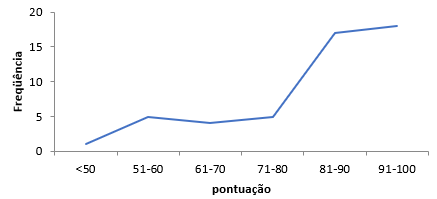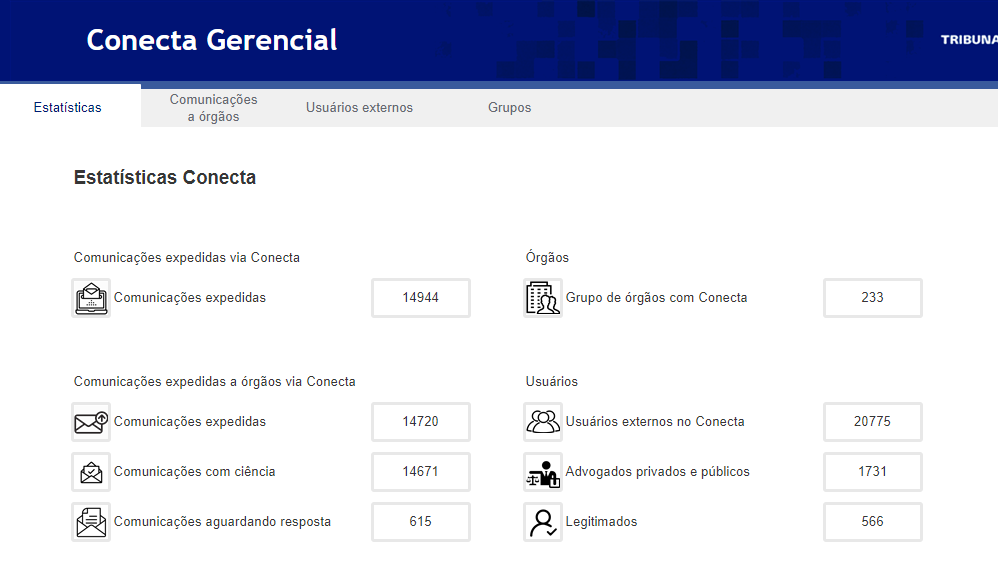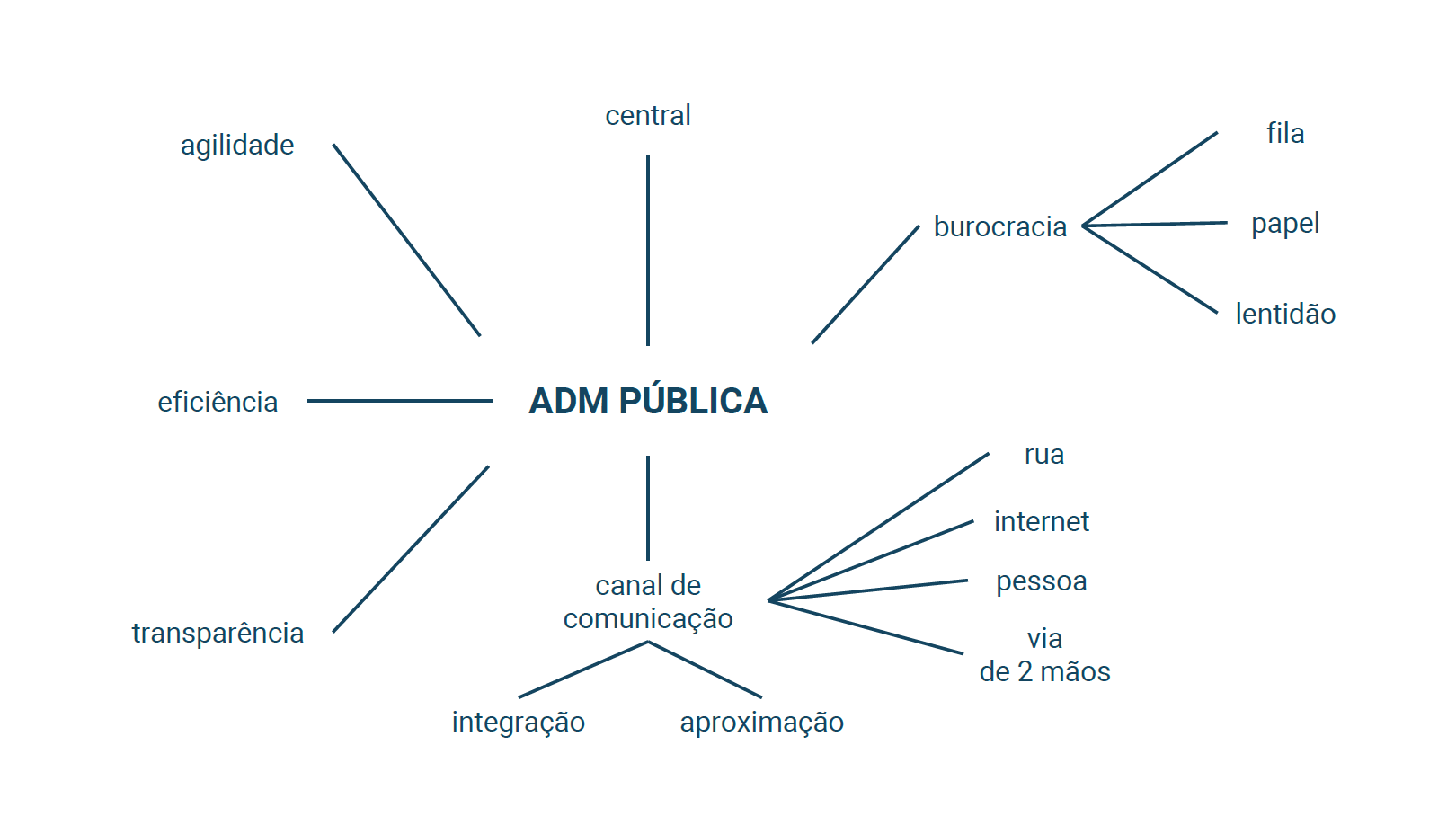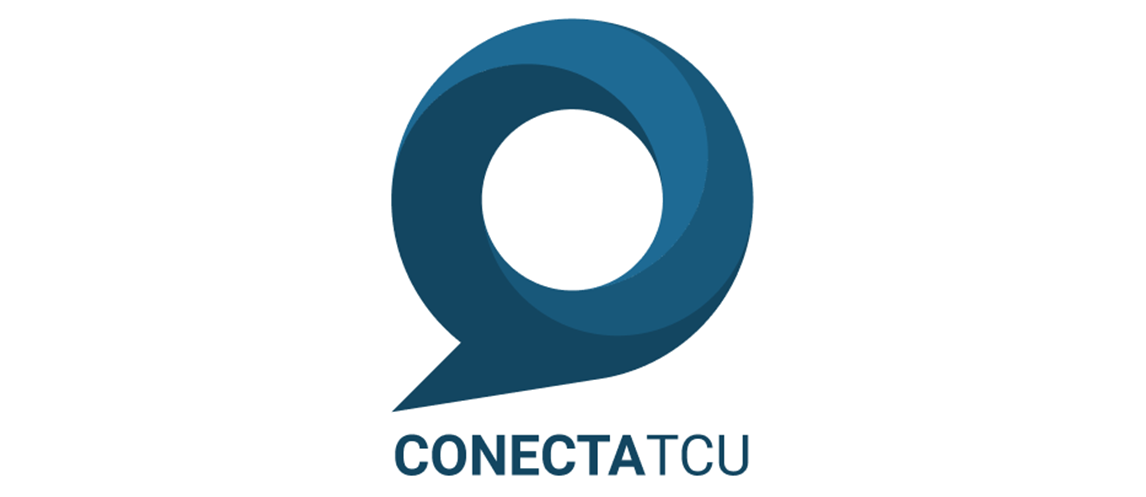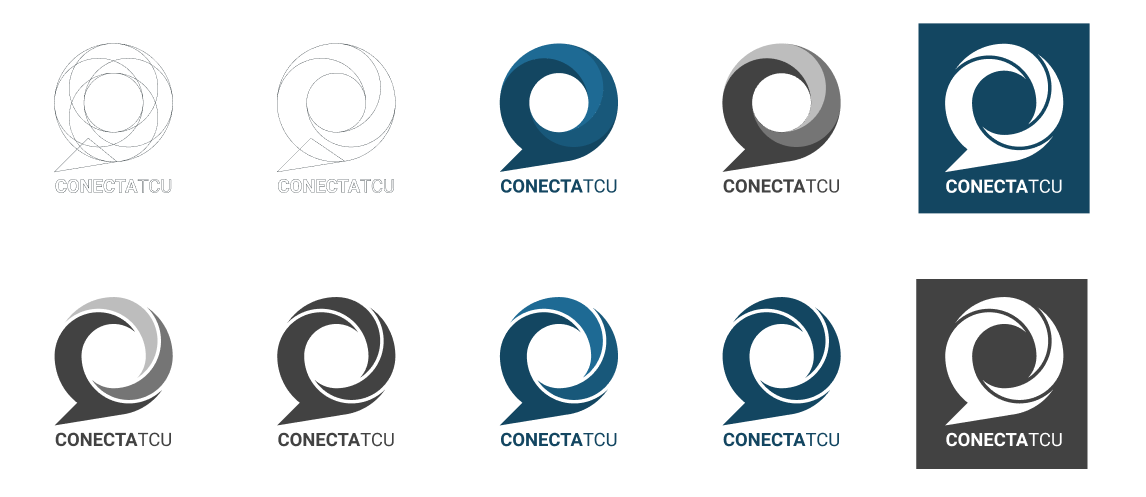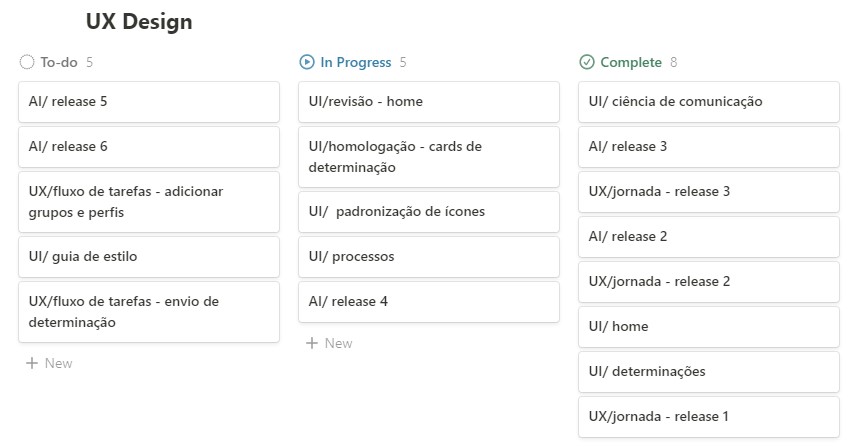One of the challenges of systems like this is choosing the KPIs that best represent
quantitative results, such as conversion, engagement, and task success, and qualitative results, such as
expectations, performance, and usability, to measure the performance of the platform's use. Ideally, for
a product or service, metrics should be established during creation, not afterward, and once defined,
they should generate insights that enable decision-making. Thus, we define:
-
- Value and objective: To increase the transparency of internal processes, expedite compliance
with regulations, and reduce costs;
-
- Indicators: Time to awareness upon receiving communications, number of open support tickets,
time to comply with instructions, and cost savings on postal services;
-
- Goals: Reduce the number of days for science from 15 to 5, decrease the number of open support
tickets by 50%, reduce the time to comply with determinations from 180 days to 90 days, and
decrease by 20% the amount transferred to the Post Office for the delivery of determination
processes;
-
- Data collection frequency: create a tool that collects data daily;
-
- Timeframe: having this data will take between 6 months and 1 year, depending on the
functionalities already implemented on the platform;
-
- Presentation: reports and dashboards.
To map and record all this data, a system called TCU-GERENCIAL was developed, which will provide
statistical data on the use of the CONECTA-TCU system.
Usability analysis (SUS)
Usability is somewhat difficult to measure, at least quantitatively. Therefore, we can use some numerical
usability scales to point out usability problems in our interface. Here, therefore, the SUS (System
Usability Scale) was used because it presents a balance between scientific accuracy and the shortest
time for its analysis.
The Brazilian Unified Health System (SUS) has 3 main objectives: to evaluate the effectiveness,
efficiency, and satisfaction of the interface. Therefore, we have defined 10 questions for users to
evaluate, ranging from 1 (strongly disagree) to 5 (strongly agree). They are:
-
1 - I prefer using this system instead of the other one we have;
-
2 - I find the system complex;
-
3 - I found the system easy to use;
-
4 - I needed help using the system;
-
5 - I think the various functions of the system are very well integrated;
-
6 - I think the system is very inconsistent;
-
7 - I imagine that people will be able to use this system quickly;
-
8 - I found the system complicated to use;
-
9 - I felt confident using the system;
-
10 - I needed to learn several things before I was able to use the system.
For a more precise result, the usability analysis was conducted immediately after system usability
testing, which was mostly done in an unmoderated manner where users had to complete certain tasks. As a
result, we obtained a total of 50 responses with an average score of 82.5 points, which is a quite
satisfactory score.


